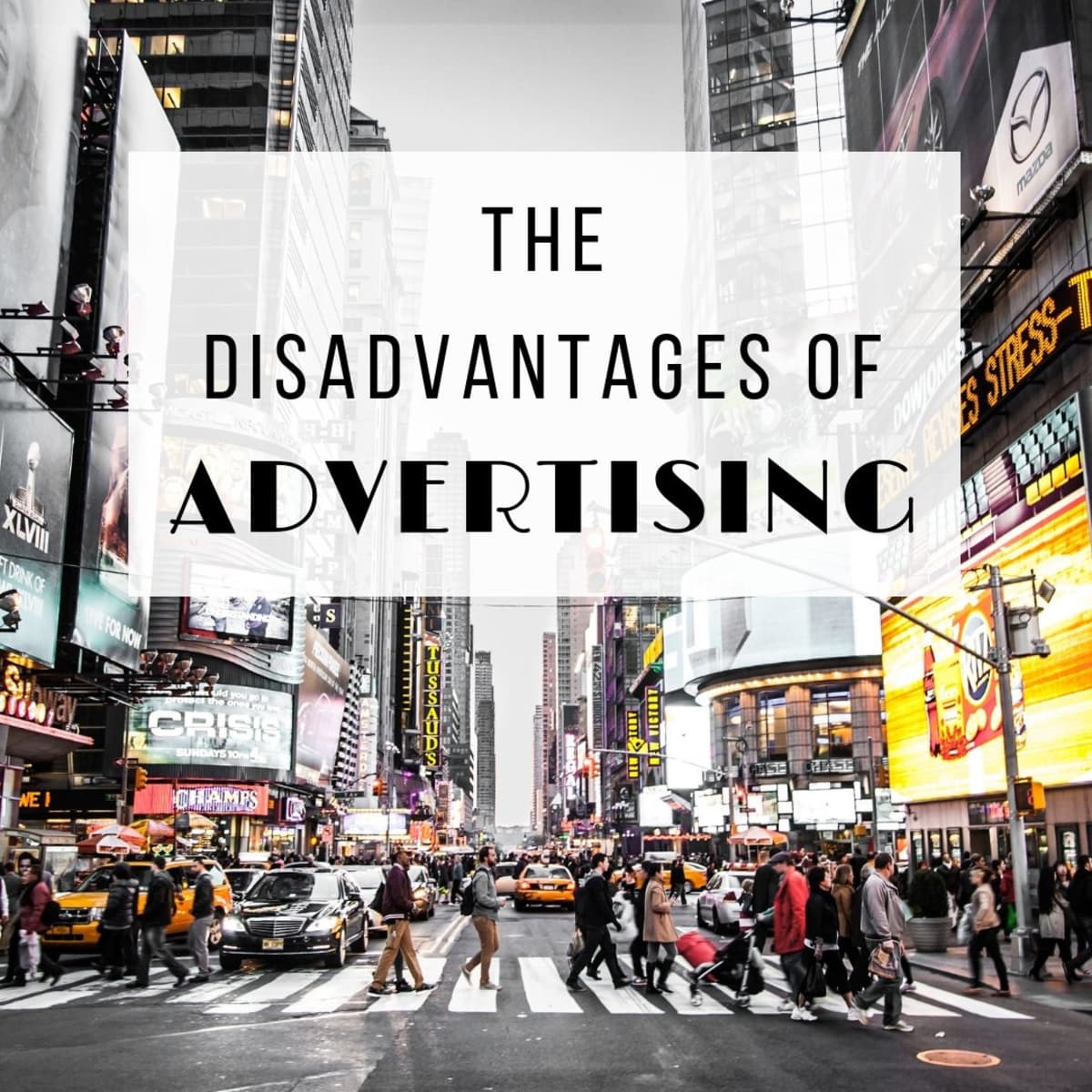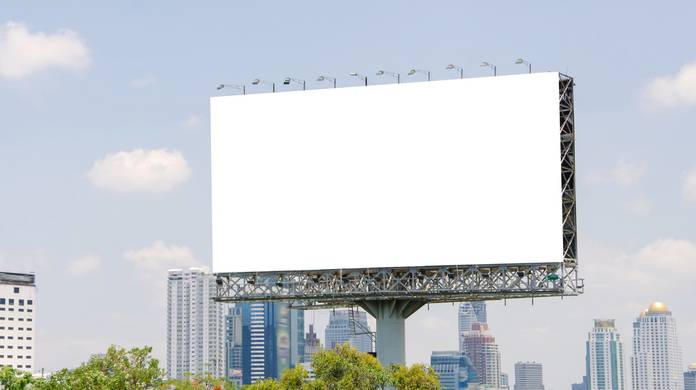Outdoor advertising, also known as out-of-home (OOH) advertising, refers to any form of advertising that reaches the consumer while they are outside of their home. This can include billboards, bus shelters, and other forms of signage that are located in public spaces. While outdoor advertising can be a powerful tool for reaching a wide audience, it also has several disadvantages that businesses should consider before deciding to use it as part of their marketing strategy.
One major disadvantage of outdoor advertising is its limited flexibility. Once an outdoor ad is placed, it is difficult to change or update. This means that businesses must carefully plan their outdoor campaigns in advance and commit to a specific message or image for an extended period of time. This can be a challenge if a business wants to quickly respond to changes in the market or needs to pivot their marketing strategy. In contrast, digital advertising allows businesses to easily change or update their ads in real-time, giving them greater flexibility to adapt to changing market conditions.
Another disadvantage of outdoor advertising is its high cost. Outdoor ads can be expensive to produce and install, especially if they are located in high-traffic areas. This can make it difficult for small businesses or startups to afford outdoor advertising, limiting their reach and visibility in the market. In contrast, digital advertising can be more cost-effective, especially if businesses use targeted advertising to reach specific audiences.
Outdoor advertising can also be less effective at reaching certain demographics. For example, younger audiences are more likely to be using their smartphones and other digital devices, which means that they may not be paying attention to outdoor ads. This can make it difficult for businesses to reach this important demographic through outdoor advertising alone. In contrast, digital advertising allows businesses to target specific age groups and other demographic characteristics, increasing the chances of reaching their desired audience.
Another disadvantage of outdoor advertising is that it can be prone to vandalism and other forms of damage. Billboards and other outdoor ads are often located in public spaces, which means that they are vulnerable to vandalism or other types of damage. This can be costly for businesses, as they may need to repair or replace damaged ads, which can eat into their advertising budget.
In conclusion, outdoor advertising can be a powerful tool for reaching a wide audience, but it also has several disadvantages that businesses should consider. These include its limited flexibility, high cost, difficulty in reaching certain demographics, and susceptibility to damage. While outdoor advertising may still be an effective marketing strategy for some businesses, others may find that digital advertising offers more flexibility and cost-effectiveness.








